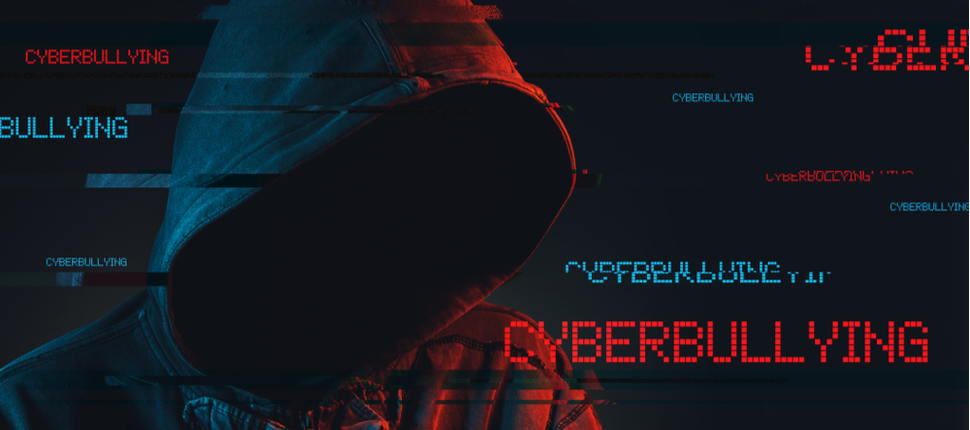Cyberbullying – How to Prevent Online Harassment

Just as how we work and study have evolved, so have the ways people harass and upset each other. Now, rather than physical intimidation, kids – and adults – must content with online bullying as well. Even the supposed safe space of your own computer is not free from the potential for bullying. Pacer’s National Bullying Prevention Center defines cyberbullying as the use of technology to repeatedly and intentionally harass, hurt, embarrass, humiliate, or intimidate another person.
The same old threats, but with new technology
Technology has opened up so many doors for young people to connect with each other and the world. They engage through tablets, phones, gaming devices younger and younger. Social media also plays a huge part in their lives, where they share information about themselves online.
Cyberbullying can take many forms. It may be as straightforward as threatening another person, but in the digital age, those threats can take on many more forms than the sort of scary adolescent bullying we remember from movies (or even from our own personal experience). The more young people share about themselves online, the more ammunition is available for cyberbullying. It can take the form of posting harmful rumors or comments or sharing hurtful videos or photos meant to shame the victim, for example. A bully might also attack some aspect of their target, such as race, religion, or sexual orientation.
Some of the most terrifying recent examples of cyberbullying involve doxing. Doxing threatens the privacy of a person by making their personal information public online – this might include addresses, financial information, links to their social media profile, and more. In some cases, cyberbullies have even reported that their victim has committed a crime to the local police.
What does the law say about cyberbullying?
The good news: all states have various laws that can apply to bullying behaviors. All states also have criminal harassment and stalking statutes – and most include specific references to electronic bullying. Some states allow schools to discipline students for bullying. Your mileage may vary from state to state, though. For example, Colorado does not have a cyberbullying statute, but does have a comprehensive bullying statute. (This came about in direct response to the Columbine shootings.) Massachusetts anti-bullying statutes specifically defines cyberbullying and outlines legal consequences for cyberbullying.
U.S. federal law does not directly address bullying, but both the Department of Education and Department of Justice enforce civil rights laws that can overlap with bullying when discriminatory harassment is involved. These laws primarily address discriminatory harassment based on race, national origin, color, sex, age, disability, or religion.
Similarly, cyberbullying laws vary depending on country, as well. Countries like Canada and the U.K., for example, are credited with strong cyberbullying laws. Canada’s Education Act offer consequences for cyberbullies up to and including jail time. The U.K.’s Malicious Communications Act states cyberbullying can result in up to six months of jail time and a significant fine.
How to spot cyberbullying – and what to do about it
There are behavioral signs parents and guardians can watch out for to identify potential cyberbullying. The most significant, experts say, is withdrawing from technology. This may be nervousness around using the phone or computer, or refusing to share information or even walking away from the computer abruptly. Other signs, which cyberbullying share with other bullying, including social withdrawal, personality changes, and neglecting basic hygiene.
Monitoring your child’s activities online can help prevent cyberbullying. Just as you know where your child is in the real world, be aware of what they’re doing and where they’re going on the internet. If such a situation arises, experts recommend parents:
Assess the situation. Determine who is involved, and what is taking place.
Allow the child to respond first. But if you believe they are not able to resolve the situation on their own, step in.
Report the bully. Screenshot evidence of the bullying, block them if possible from other contact, and engage with the appropriate authority figures for assistance.
Seek counseling. The child may need an outside person to open up to.
And, of course, parents can help safeguard their children from bullies with the use of strong cybersecurity solutions at home. Sophos Home offers the ability to block social media sites like Facebook where cyberbullying often occurs, and enables parents greater control over the security measures implemented on their children’s devices. Nothing replaces active communication between parents and children, but powerful cybersecurity at home can create a barrier as a first line of defense against bullies.
Protect your loved ones from cyberbullying
Cyberbullying is often said to be even worse than in-person bullying. Parents and guardians need to take active steps to be aware of, and prevent this growing reality. A solution like Sophos home offering parental web filtering, remote security management, and powerful privacy protection can give you the tools you need so you can focus your energy and attention on listening and communicating.